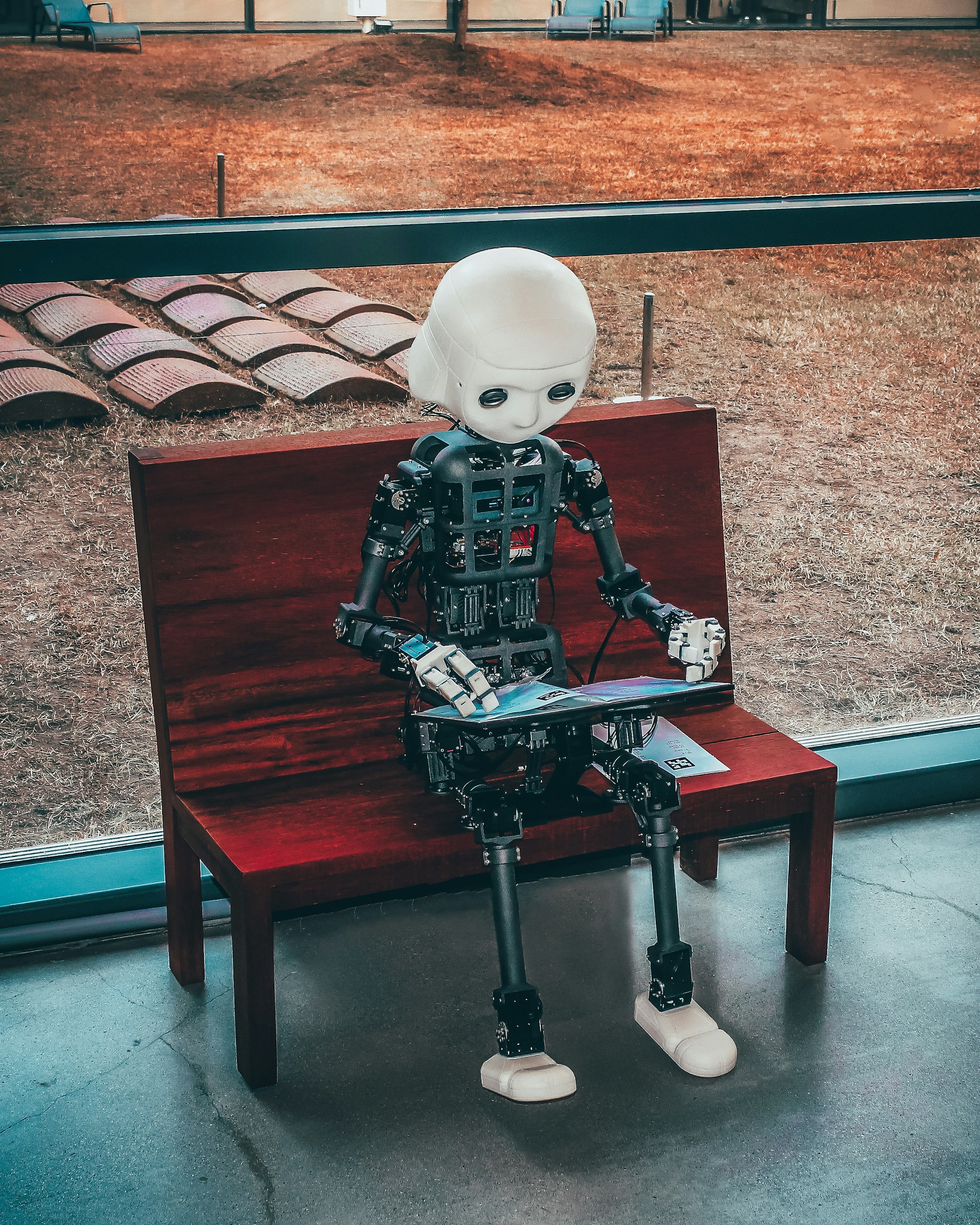
AI-Driven Web Development: The New Frontier in 2025
The landscape of web development is undergoing a profound transformation, with artificial intelligence at the forefront of this revolution. As we navigate through 2025, AI has transcended from being a mere buzzword to becoming an indispensable tool in a developer’s arsenal. This shift is not just changing how websites are built but is fundamentally altering the entire development ecosystem.
The Rise of AI-Powered Development Tools
The integration of AI into web development workflows has given rise to a new generation of tools that are reshaping how developers approach their craft.
Automated Code Generation
One of the most significant advancements in AI-driven web development is the emergence of sophisticated code generation tools. Platforms like GitHub Copilot and Amazon CodeWhisperer have evolved beyond simple code completion to offer comprehensive code generation capabilities.
These AI assistants can now:
- Generate entire components based on natural language descriptions
- Suggest optimizations for existing code
- Identify and fix potential bugs before they manifest
- Translate between programming languages with remarkable accuracy
For instance, a developer can simply describe a feature like “create a responsive navigation bar with dropdown menus” and receive fully functional, production-ready code in seconds.
Intelligent Design Systems
AI is also revolutionizing the design aspect of web development. Tools like Adobe Firefly and Midjourney have evolved to generate not just images but entire UI components and design systems.
Modern AI design tools can:
- Generate complete website layouts based on brand guidelines
- Create custom illustrations and graphics that align with a site’s aesthetic
- Optimize designs for different screen sizes and devices automatically
- Suggest design improvements based on user interaction data
These capabilities are dramatically reducing the time required for the design phase while simultaneously improving the quality and consistency of the final product.
Personalization at Scale
AI is enabling a level of personalization that was previously impossible to achieve at scale.
Dynamic Content Generation
Modern websites can now leverage AI to generate and modify content in real-time based on user behavior, preferences, and context. This goes beyond simple A/B testing to create truly dynamic experiences that evolve with each user interaction.
For example, an e-commerce site might automatically adjust its product descriptions to emphasize different features based on a user’s browsing history or demographic information.
Predictive User Experience
AI algorithms can analyze vast amounts of user data to predict behaviors and preferences, allowing websites to anticipate needs before they’re explicitly expressed.
This predictive capability enables:
- Pre-loading content that users are likely to request next
- Adjusting navigation paths based on predicted user intent
- Personalizing calls-to-action for maximum relevance
- Optimizing load times for critical content based on user priorities
The Evolution of Development Workflows
Beyond specific tools and features, AI is transforming the entire development process from planning to deployment.
Automated Testing and Quality Assurance
AI-powered testing tools have evolved to identify potential issues across multiple dimensions:
- Functional testing that simulates thousands of user scenarios
- Accessibility compliance checking that goes beyond basic guidelines
- Performance optimization that considers real-world usage patterns
- Security vulnerability detection with contextual understanding
These capabilities are enabling development teams to maintain higher quality standards while reducing the manual effort required for testing.
Continuous Optimization
AI systems are increasingly capable of monitoring live websites and making autonomous improvements based on real-time data.
Modern optimization systems can:
- Adjust server resources based on traffic patterns
- Modify content delivery strategies based on network conditions
- Refine UI elements based on user engagement metrics
- Update SEO strategies in response to search algorithm changes
Ethical Considerations and Challenges
The rapid advancement of AI in web development brings with it important ethical considerations and challenges that the industry must address.
Bias and Fairness
AI systems are only as unbiased as the data they’re trained on. Developers must be vigilant about:
- Ensuring diverse training data that represents all potential users
- Regularly auditing AI outputs for signs of bias
- Implementing fairness metrics as part of quality assurance
- Providing transparency about how AI decisions are made
Privacy Concerns
The personalization capabilities of AI rely on collecting and analyzing user data, raising important privacy questions:
- How much user data is appropriate to collect?
- How should consent be obtained and managed?
- What safeguards should be in place to protect sensitive information?
- How can users maintain control over their data?
The Future of AI in Web Development
Looking ahead, several emerging trends suggest where AI-driven web development is headed.
Autonomous Web Development
We’re moving toward systems that can autonomously handle increasingly complex aspects of web development:
- AI agents that can manage entire development projects
- Systems that can translate business requirements directly into functional websites
- Self-healing codebases that can identify and resolve issues without human intervention
Multimodal Interfaces
The next generation of web experiences will leverage AI to create more natural and intuitive interfaces:
- Voice-driven interactions that understand context and intent
- Gesture recognition for touchless navigation
- Emotion detection to adapt content based on user sentiment
- Mixed reality elements that blend digital and physical experiences
Conclusion: Embracing the AI-Driven Future
The integration of AI into web development represents not just a technological shift but a fundamental change in how we approach creating digital experiences. Developers who embrace these tools and adapt their workflows will be positioned to create more sophisticated, personalized, and effective websites while reducing the time and effort required.
As we continue through 2025 and beyond, the line between developer and AI assistant will increasingly blur, leading to a collaborative approach where human creativity and machine efficiency combine to push the boundaries of what’s possible on the web.
For professionals in the field, this evolution demands continuous learning and adaptation, but it also offers unprecedented opportunities to focus on the creative and strategic aspects of web development while leveraging AI to handle the more routine and technical challenges.



